The major problem facing almost all political parties, excepting the BJP – is, how to keep engaged their ground-level workers during the interregnum period between elections. What should the party workers do between elections? One can’t just sit idly. As they say, it is better to sit and cough than just sit idly. So, during this period the main coughing work is to help people (voters) with their individual problems with the government with the help of the elected MLAs or MPs – what in the local language is called ‘toutering’. In the constituencies where the party has no MLA or MP, this is not practical. Consequently, at the time of the election, the party workers are not very effective. If the workers have no contact with people, how can they persuade voters?
Only two political parties had and have work for their workers – the left parties and the BJP. The left parties organise workers in trade unions in towns. In rural areas, they organize farmers and farm labour through Kishan Sabha and through demand for land rights of the tribal households. But, in areas like West Bengal, where the sharecropper problem was successfully handled, a new problem of rural unemployment rose. The left parties failed to handle this and lost. If the Trinamul Congress fails in this, it will also lose. There is no more any trade union work worth the name in urban areas.
BJP, with the help of its founding and intellectual guru, the Rashtriya Swayamsevak Sangha and its various other bodies, like the Vishwa Hindu Parishad, the Bajrang Dal, and others, keeps its ground-level workers engaged in propagating its basic philosophy and program of Hindutva. It implies, those who consider the rivers Ganga, Yamuna and Saraswati as sacred and worship Bharat Mata are Hindus and others are non-Hindus and therefore non-Bharatiya. Besides propagating this, the workers are engaged in the concrete manifestations of it in form of anti-cow slaughter, maintenance of Goshalas for abandoned cattle, community worship, construction of temples - from Ram Mandir to Godse-Mandir, and propagation of Hindi in the non-Hindi speaking areas (like in the north-eastern states where they have been doing this for a long time). The workers are engaged in these activities full time. Since the RSS has no thought out positions on other matters, they are innocent about them.
The Congress as well as most other regional parties have no such programs and that has been their undoing. Against this background, one remembers about the Congress in the pre-independence days. Till 1920 Congress was an organisation of the educated middle class and highbrows. Gandhiji came and changed its character into a mass-based organisation. It became a people’s movement. Congress workers began moving amongst people and telling them about the programs. When there was a non-cooperation agitation against the government, all congressmen, from top to bottom, participated in it. But non-cooperation agitation was not continuous.
In the interval, Gandhi put the workers to work – constructive work. Spinning and weaving were constructive programs not only to shake up Manchester; it was Gandhi’s thought out way for our society and economy. The Congress workers, while engaged in these constructive works, began discussing with villagers our social goods and evils. The undesirability of untouchability and caste system were brought to the attention of the people. Through his prayers and writings, he tried to tell the people that all religions preach basically good human values.
Gandhi’s constructive program went full steam from 1920 to 1942. As a result the Congress organisation was alive and kicking. After congressmen were released from prison following the Quit India movement, however, it became clear that the British were about to quit India. As a result, Congressmen got absorbed with getting into power, following the division of India. Gandhi was absorbed in a one-man pad-yatra against communal agitation and killing. The constructive program lost its steam. Some active congressmen were disturbed by this change in attitude and work and left Congress. I knew some such senior congressmen.
Seeing that independence had been achieved, Gandhi proposed to the Congress that it should be dissolved as a political organisation and turned in to a social organisation. But, this was not done. Looking back after all these years, it appears that probably that would have been better. For the political organisation that would have come after the dissolution of the Congress, this social organisation would have provided a forum for basic ideas as well as ground-level social work. The workers of this social organisation would have provided strength to Congress since their ideology would have been the same. One would not have to confront the present-day regressive social attitudes.
While after independence the old constructive program of Congress came to a halt, in certain regions the party took advantage of the new social structures emerging as a result of certain new programs started, to encourage their workers to participate in such constructive works. Let me give the example of Maharashtra, or rather the old Bombay Province till 1960.
In the first half of the 1950s the Reserve Bank of India initiated a massive program of village-level co-operative credit societies. Cultivators became active participants in this after purchasing small-value share capital in the society. The society estimated the amount of current farm expenses for the Kharif and Rabi seasons for which its members might seek loans. If its own capital and deposits were found inadequate to meet this need, there was the district central co-operative bank to help with deposits at its disposal. To encourage farmers to join such co-operatives, to help them estimate their credit needs and to represent their problems before the society became the work of the workers of the Congress as well as many other non-congress political workers.
This was fairly full-time work. It gave the opportunity to the party workers to understand the problems of agriculture and the problems faced by the farmers. Their contact with the villagers was continuous and informed. The Congress organisation in the Bombay province encouraged its workers at the village and district levels to actively participate in the work of these societies. Over time the co-operative organisations at different levels saw congress workers actively participating. The states of Bombay, Madras and Punjab were the best-organised states in the co-operative movement.
 waranasugar.com
waranasugar.com
At the beginning of 1950, the farmers of an irrigated area in Ahmednagar district, under the advice and support of a leading economist (my teacher, Prof Dhananjay Gadgil) started the formation of a co-operative sugar factory to process their sugarcane. The poor farmers sold their metal utensils to contribute ten rupees towards the share capital of the co-operative. Even then the sum was inadequate to buy the equipment for the factory. So they decided to approach the state government. The then Congress finance minister Vaikunthbhai Mehta was basically opposed to the very idea of the government entering into the financial affairs of a co-operative. After considerable persuasion he agreed to provide loan to the co-operative at the going interest rate to be repaid fully in ten years.
The factory was put up and started and within seven years the co-operative had fully repaid the state loan with interest. This success encouraged farmers in other irrigated areas in the state to start such co-operative factories. Political workers, mainly Congressmen, took an active part in the organisation and function of these co-operative factories. The provincial Congress organisation encouraged them to do so.
A law was promulgated in the state facilitating the formation of co-operative sale-purchase unions in every Taluka to facilitate the sale and purchase of farm produce and inputs of farmers. The Congress workers became active participants in these organisations too. It gave them a greater understanding of the problems of farmers and strengthened the relations of the workers with the masses.
All these were co-operative institutions and not state organisations and in the beginning, there was no state grant or financial involvement by the government in them. They were a widespread co-operative movement. The Bombay government passed a land-to-the-tiller law in 1954 transferring ownership rights on the land cultivated by the sharecroppers to them. This greatly facilitated the co-operative movement. Congressmen at the ground level participated in this social movement with enthusiasm. It led to the progress of the country and strengthened the Congress organisation.
In 1961, soon after the formation of the state of Maharashtra in 1960, the assembly passed what appeared in many ways to be a revolutionary law, forming Zilla Parishads, Panchayat Samitees and Gram Panchayats, to carry out all government programs within the district with state funds. The Zilla Parishads were elected bodies. Every Zilla Parishad had a chief executive officer who was an IAS officer. The design and execution of all development works and projects within the geographical limits of the district and their routine administration became the responsibility of the Zilla Parishads and the lower bodies.
The elected bodies were to design and plan projects according to their best interests. The funds for this were provided by the state legislature. Nearly forty per cent of the state’s annual budgeted expenditure was transferred in the bulk to the Zilla Parishads. The government employees in the district became employees of the Zilla Parishad, not of the state government. There was a separate public service commission for recruitment of staff to the Zilla Parishads.
This created great enthusiasm amongst people as well as political workers. People represented their needs before the Zilla Parishad, Panchayat Samitee or Gram Panchayat as the case may be. They did not have to approach the MLAs and MPs for the purpose. The political workers became involved in the needs of their localities. Since at the district level all decisions were taken by subject committees of the Zilla Parishad, in which all elected political parties had proportional representation, all political party workers were greatly enthused. The elected representatives gradually learnt how to priorities and plan for the different needs of the district with limited resources and how these were to be executed. This joint social and economic activity led to the spread and growth of a democratic organisation.
But, the very success of the co-operative institutions and the Zilla Parishad system became the cause of their undoing. Gradually at the state government level the urge to provide loans at lower rates of interest led to the main external provision of loans and consequent loss of interest of the farmer-members in their co-operatives. The credit societies could not attract deposits from members since they were providing loans from external sources at lower rates of interest. To-day the primary village co-operative credit societies are moribund, if not dead.
Through political pressure, the co-operative sugar factories began asking and getting not only loans but even share capital from the government. Members with no sugarcane to supply were continued as members and occupied important positions in factories. One who could manage more funds for the co-operative from the government was the more successful manager. Result: most factories are in financial distress, on the verge of closing down.
The most tragic was the situation of the Zilla Parishads. Since people of the district began approaching their Zilla Parishad, Panchayat Samitee representatives about their needs and problems, the MLAs and MPs were greatly disappointed. They did not think their task of making laws for the state/nation was of as great importance. They decided to abolish such Zilla Parishads. Since the ZPs had been created by an Act of the legislature, a law was passed in 1971 to finish them.
This account of Maharashtra provides us with some hints about the types of constructive work that can be carried out by the political workers at the ground level and the limits within which they must work. Since 1991 and more particularly since 2014, there is a prevailing notion that there should be less of government in the country. The experience of the last few decades has resulted in the government and even the people thinking that co-operatives are also a state organisation. Therefore, all that can function is a private capitalist organisation. Therefore, for political workers at the ground level what is left to do except propagation of Hindutva?
- Nilkantha Rath
nrath66@yahoo.co.in
(Nilkatha Rath is Hon. Fellow, Indian School of Political Economy, Senapati Bapat Marg, Pune.)
Tags: Part Two English Hindutva Congress BJP Co-operative movement Politics राजकारण नीलकंठ रथ इंग्रजी हिंदुत्व भाजप कॉंग्रेस सहकार चळवळ Load More Tags

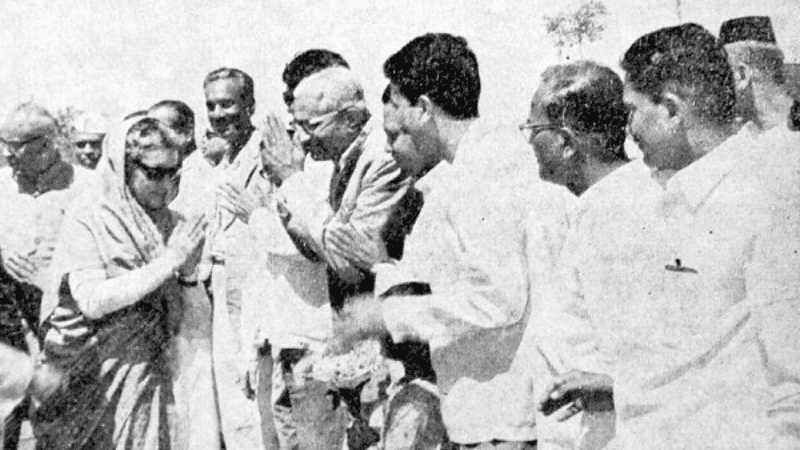


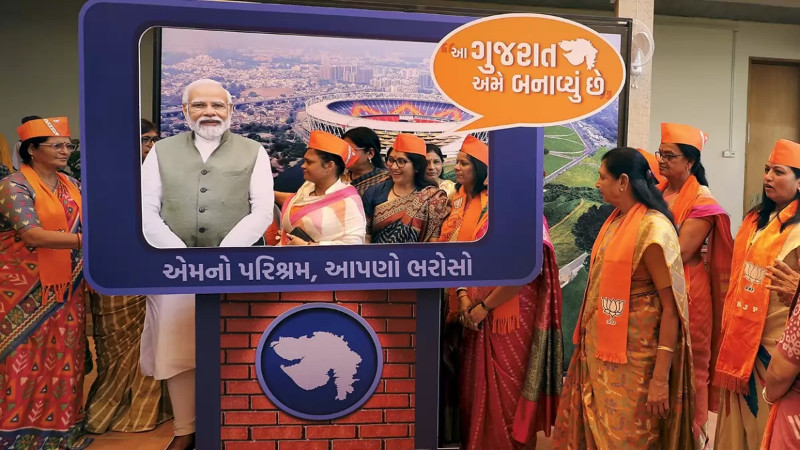

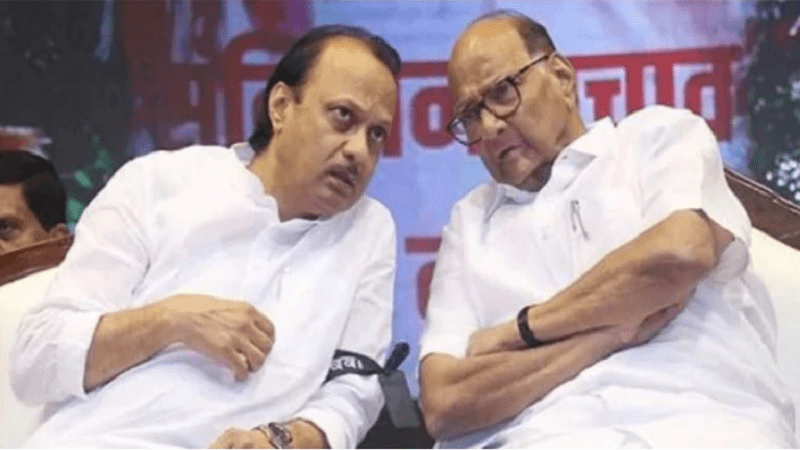
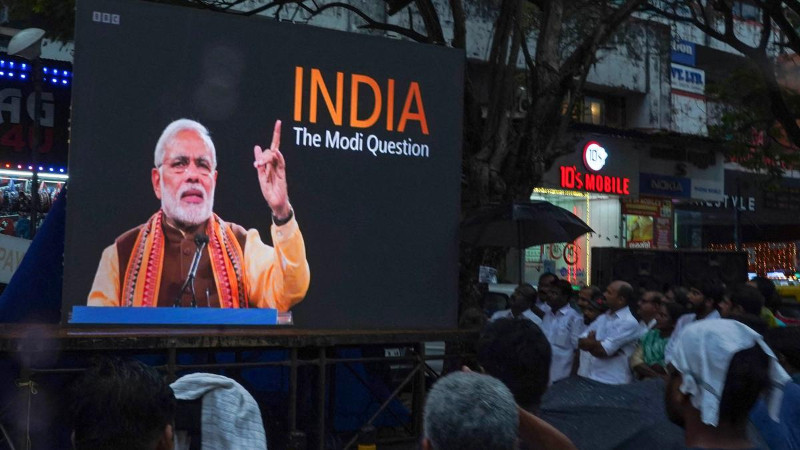
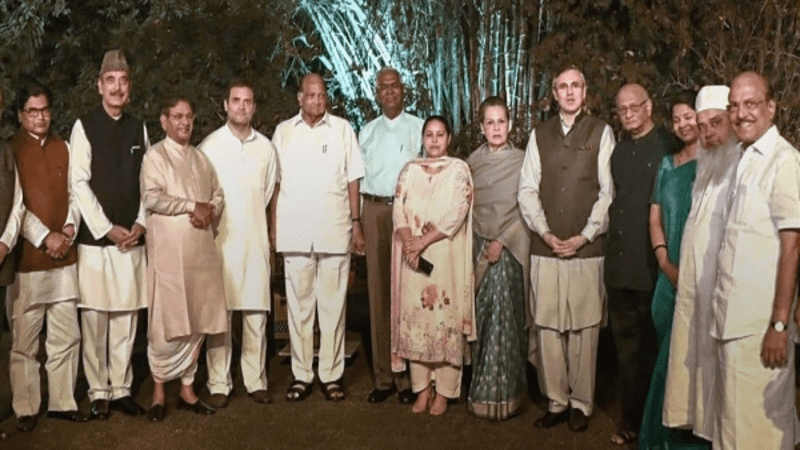
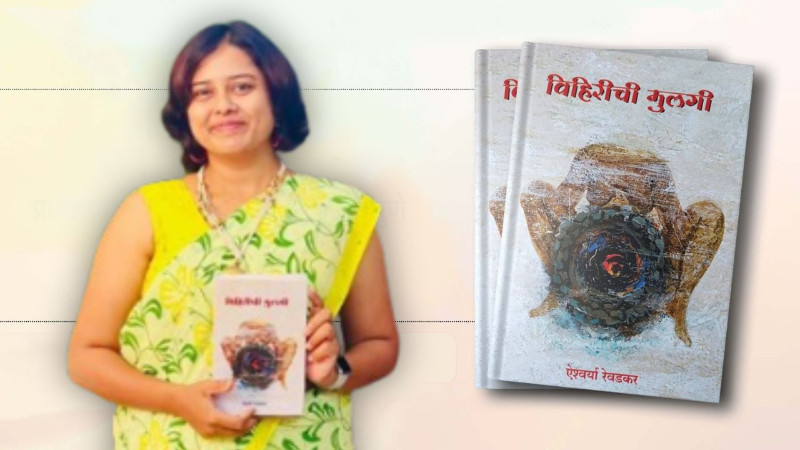
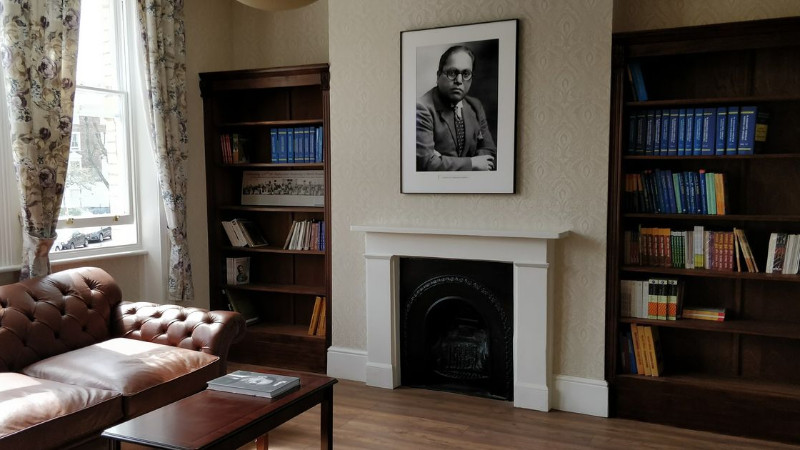
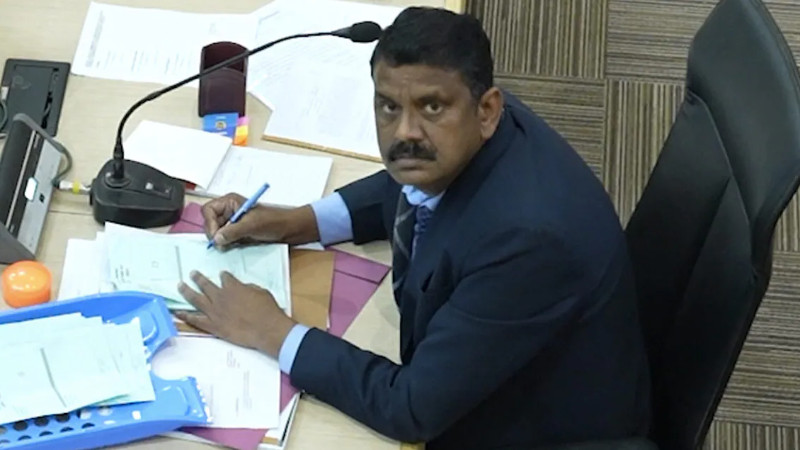
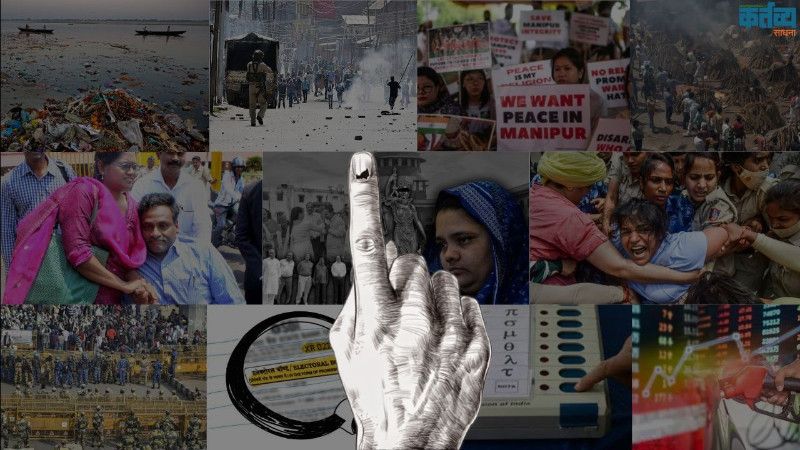
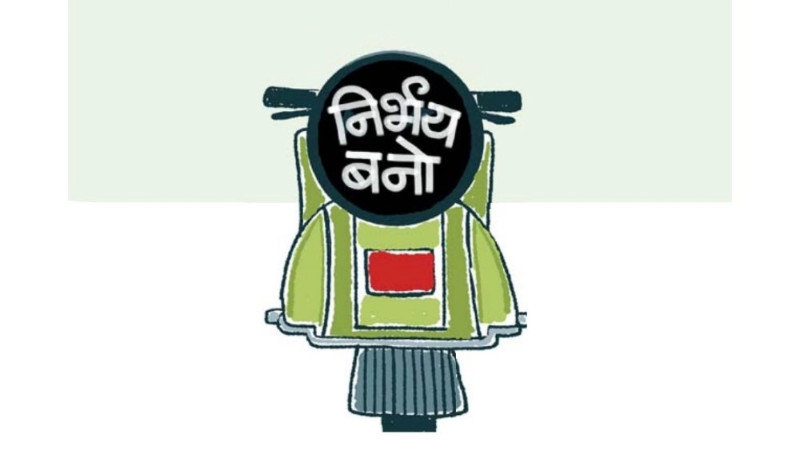
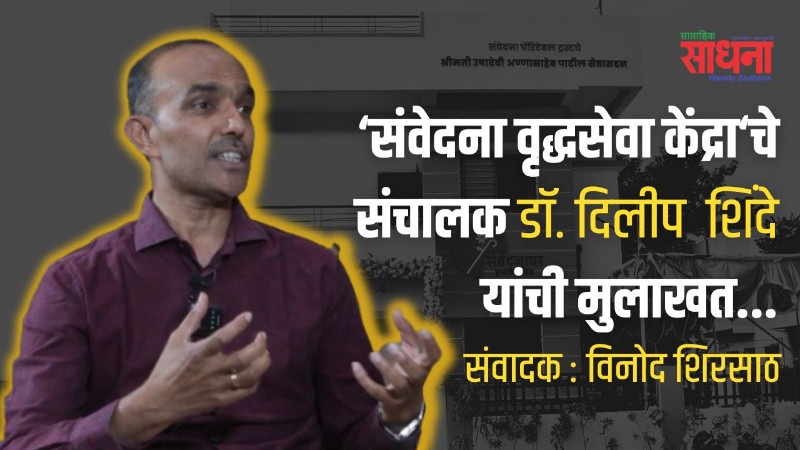
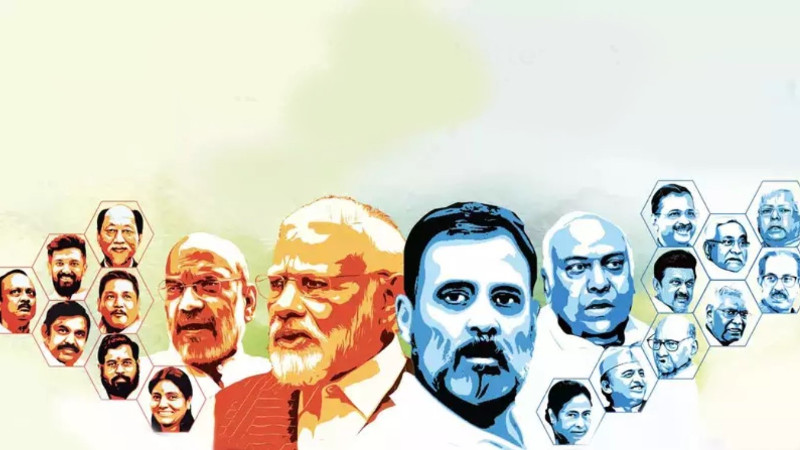
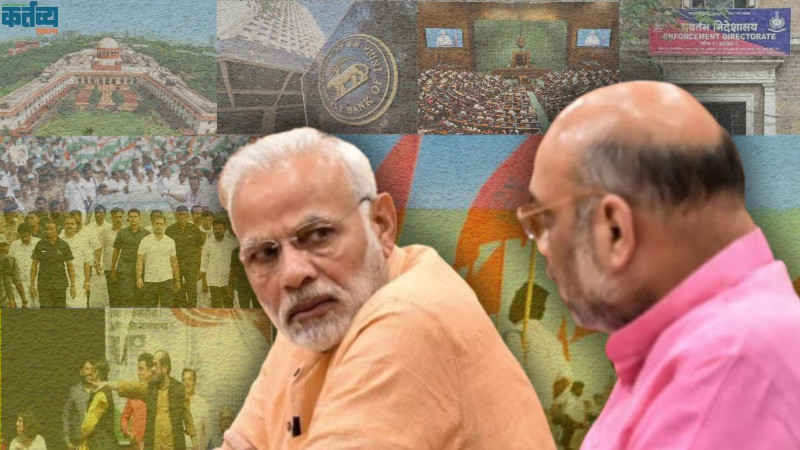
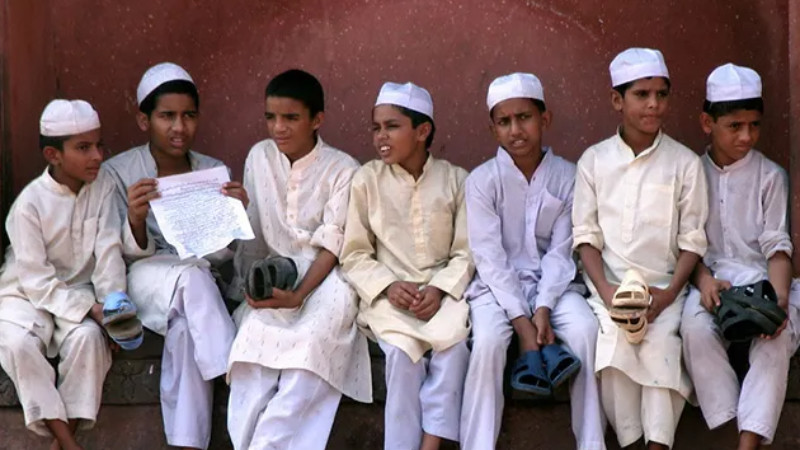
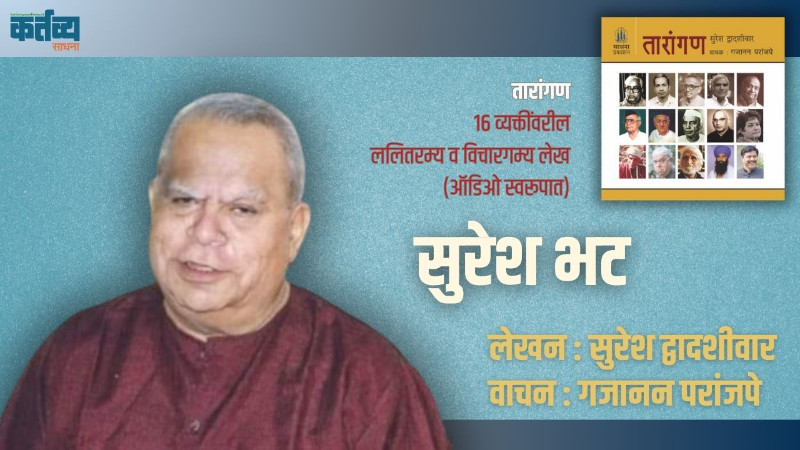
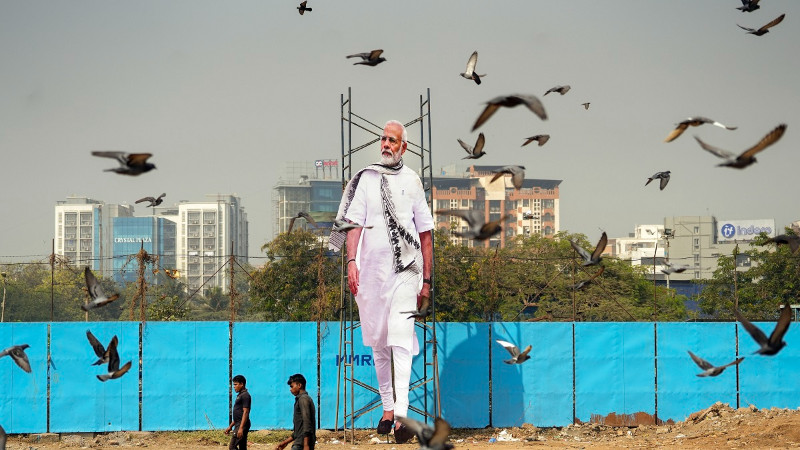
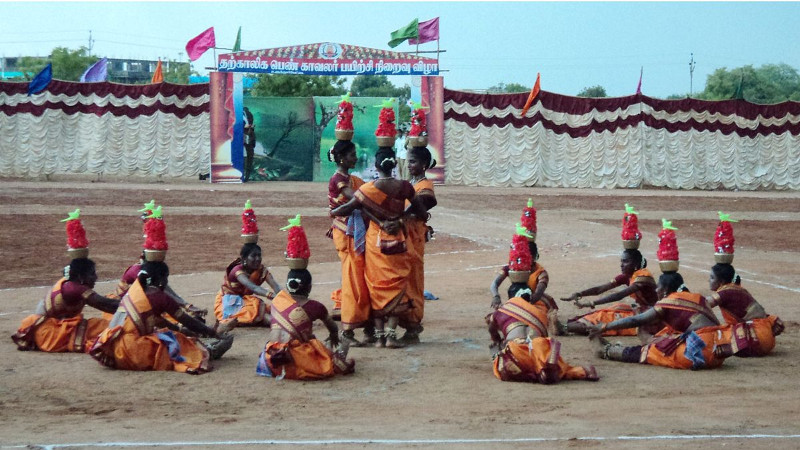







Add Comment